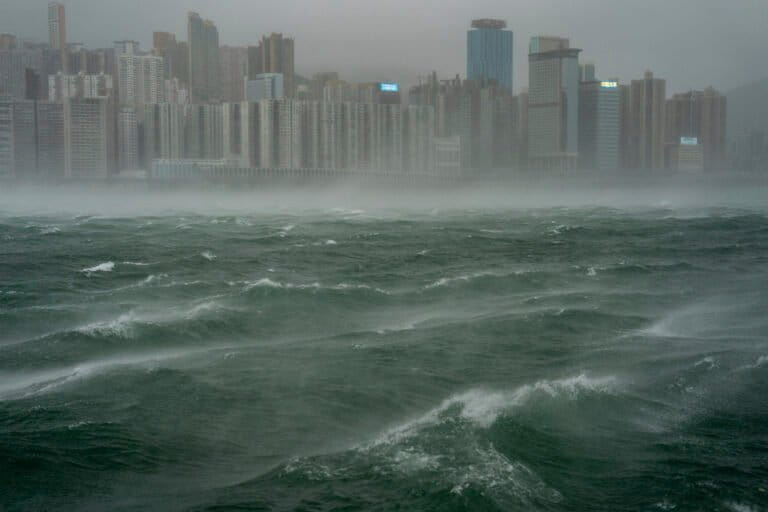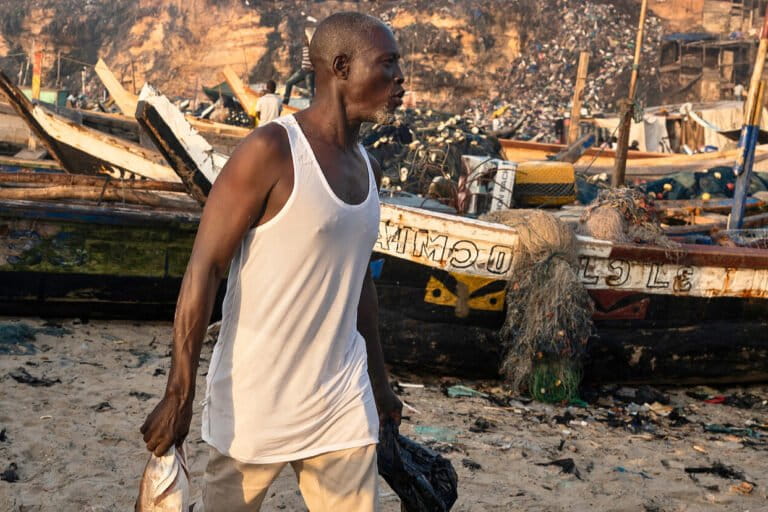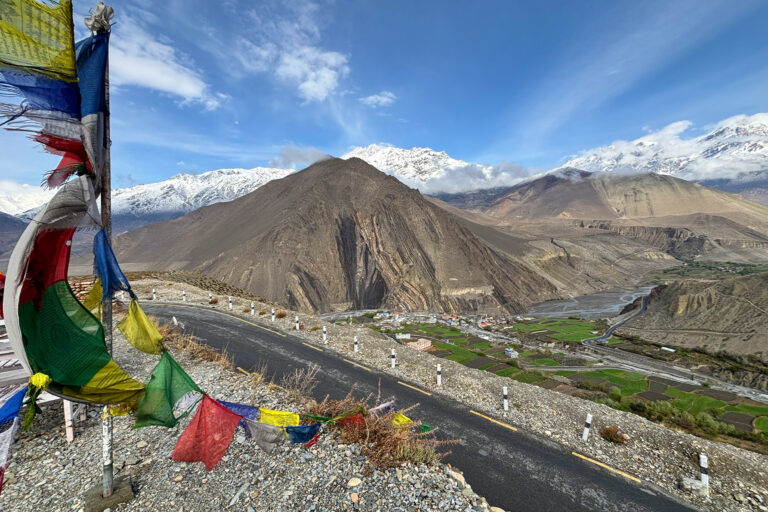- To improve preparedness for flash floods, the India Meteorological Department (IMD) is working on a guidance system that will predict the possibility of flash floods up to six hours in advance and alert disaster relief forces as well as residents.
- The Flash Flood Guidance System (FFGS) will use existing satellites and on-ground equipment to track real-time rainfall in any part of the country.
- Since the soil’s ability to absorb rainwater influences the probability of flash floods, the early-warning system will use data like soil moisture, temperature, saturation, and the topography of the land, to assess the likelihood of flash floods ahead of time.
With each bout of persistent and intense rainfall in Ladakh, a cold desert region in India’s northern state of Jammu and Kashmir, the locals begin to worry. It brings back images of the 2010 flash floods that damaged more than 70 towns and villages, and affected thousands of people in the area. This year, several low-lying areas in Ladakh were inundated following heavy rains, triggering rescue operations by the local administration.
To improve preparedness for flash floods, the India Meteorological Department (IMD) is working on a Flash Flood Guidance System (FFGS) that will predict the possibility of flash floods up to six hours in advance and alert disaster relief forces as well as residents.
Given how flash floods can inundate vast areas within a few hours, compared to general floods that take days or even weeks to develop, the FFGS could be a significant tool in disaster risk reduction by providing early warning to both residents of the affected areas and to relief teams preparing for the oncoming deluge.
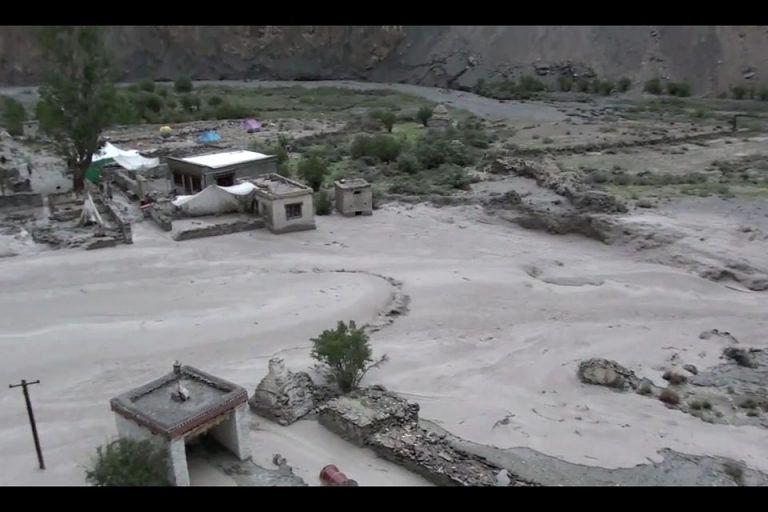
India among top disaster-prone countries
According to the World Meteorological Organization, flash floods account for 85 percent of flooding cases across the world, resulting in the loss of lives of some 5,000 people each year.
The IMD’s upcoming system is of significance, especially for India, where nearly 12 percent of the landmass is prone to floods and river erosion. India is among the 10 most disaster-prone countries in the world, according to a report by the government of India and United Nations Development Programme (UNDP).
Just this year, several people have died in India since the arrival of the southwest monsoon, which accounts for the majority of the country’s annual rainfall.
Floods in the northeastern states of Assam, Tripura and Manipur, for example, have claimed 23 lives and displaced nearly a million people from their homes, according to local media. In the southern state of Kerala, 54 people have died since the onset of the monsoon on May 29, three days earlier than expected.
According to the Ministry of Water Resources, River Development and Ganga Rejuvenation, 107,487 people and 6.02 million cattle have died in floods and heavy rains across India during the period from 1953 to 2017.
Since 2017, cyclonic storms, heavy rains, floods and landslides resulted in the deaths of 2,231 people and 50,638 head of cattle. They also led to damage to more than 1.19 million houses and 38,500 square kilometers (14,900 square miles) of crop area.
Technology to save lives
The IMD’s Flash Flood Guidance System will use existing satellites and on-ground equipment to track real-time rainfall in any part of the country. Since the soil’s ability to absorb rainwater influences the probability of flash floods, the early-warning system will use data like soil moisture, soil temperature, levels of soil saturation, and the topography of the land, to predict flash floods up to six hours in advance.

“Some moisture is retained by the soil [when it rains],” K.J. Ramesh, the IMD’s director general, told Mongabay-India. “Once the soil gets saturated, the runoff — outflow from the soil — starts. Until then, whatever rain has come will be absorbed by the soil. Local hydrology will be computed on daily basis [under the new system]. We are trying to subdivide the whole of India into about 27,000 to 28,000 micro watersheds, each about 50 to 70 square kilometers in size. At that scale, the soil hydrology model will be run on a daily basis by which you can clearly assess the runoff potential of the soil of an area.”
Ramesh said that with the FFGS, they would be able to ascertain how temperature, soil and rainfall were interacting and “when incremental runoff starts” from the soil. Whether the runoff will lead to flash floods is something that the intensity of rainfall will determine.
“But it will give some guidance that there is an evolving scenario towards possible flooding … and then authorities have to take action,” he said.
In states like Rajasthan and Madhya Pradesh, where the soil is more absorbent, even 100 to 200 millimeters (4 to 8 inches) of rainfall may not cause floods. But circumstances differ for other terrains. In regions like Ladakh, where the terrain consists mostly of loose soil, flash floods can occur with less rainfall.
“Combined sloped terrain, raging waters from the river and torrential rain can easily run off and cause flash floods,” Sonam Lotus, director of the meteorological department in Jammu and Kashmir, told Mongabay-India.

Ramesh said the FFGS was being tested and, once completed, would be operational across the country.
“The system will allow the state and central administration to prepare and reach the affected area for evacuation and rescue,” B.P. Yadav, a senior scientist and deputy director at the IMD. “Our staff is undergoing training to understand the system better. We plan to use it in full scale by next year.”
Relief in sight
In August 2010, Ladakh experienced one of the worst natural disasters in its history. The desert district received 350 millimeters (13.8 inches) of rain in just two days — three and a half times its annual average. As per reports, 234 people died and more than 800 went missing due to the floods.
In September 2014, Kashmir saw one of its worst natural disasters in 50 years. Torrential rains from the southwest monsoon had gathered pace, causing the Chenab and Jhelum rivers to breach their embankments. Over the following days, nearly 2,600 villages in the state were affected, 390 of them completely submerged. Some 280 people died and half a million people were trapped in their homes for nearly three weeks, with the city of Srinagar drowning under nearly 5.5 meters (18 feet) of water.
“Our relationship with nature changed after that. We do not look at rains the same way after these floods,” said Moses Kunzang, additional deputy commissioner for the Ladakh Autonomous Hill Development Council (LAHDC).
Lotus, from the IMD, said the FFGS was a significant step ahead in technology and the forecasting prowess of the meteorological agency.
“The FFGS is really required for a district like Ladakh,” he said. “IMD, at the moment, forecasts on rainfall. Based on local knowledge of geographical parameters, we can somewhat predict floods. But the new system makes it all the more accurate. The 2010 floods were beyond anyone’s imagination. No one thought Ladakh would experience something like this. But the next time it happens, we will be better prepared.”
While flash floods are fairly recent in Ladakh, in places like Bihar, India’s most flood-prone state, about 76 percent of the population in the north of the state lives under the threat of flood devastation, according to Bihar’s Water Resources Department.
More than 73 percent of the state, or about 68,800 square kilometers (26,600 square miles), is flood affected. Bihar faced major floods in 2007, 2008, 2011, 2013, 2016 and 2017. Last year, flooding killed 514 people there and affected 3 million families.
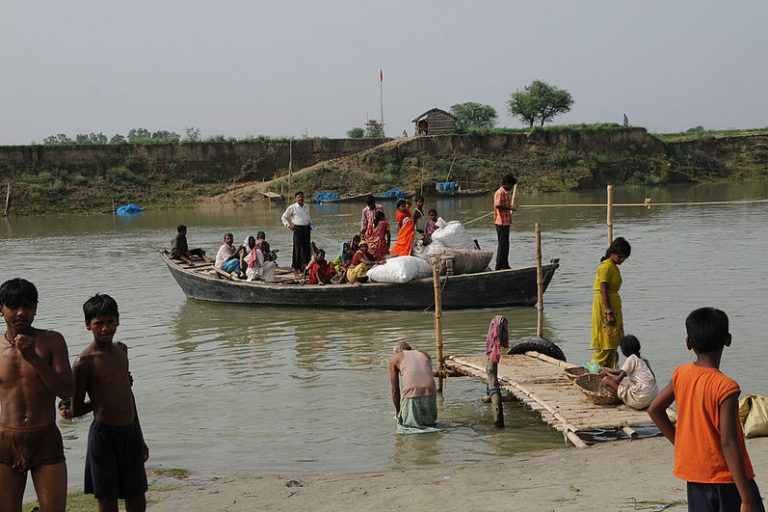
Using conventional methods to predict flash floods is extremely difficult, not just in Bihar but across the country, according to scientists. However, a system like the FFGS can herald a new era.
“We do not have rain gauges or flood forecasting stations in remote areas as they are not logistically possible to maintain. Besides, rains are not the only factor that can cause flash floods,” said IMD scientist Yadav.
Cyclones can also cause flash floods during the northeast monsoon in southeast coastal regions of the country, while the southwest monsoon can wreak havoc in other regions.
“The pilot phase is showing good results,” Yadav said of the FFGS. “We were able to accurately predict the floods in Mangalore this year. If things go well, we can roll out the system for the next year’s monsoon.”
This story was first published on July 19, 2018, by Mongabay-India.






